Research Progress on the Relationship between Parkinson's Disease Exercise Rehabilitation and the Dialectical Thought of "Shaoyang Governs Bone" and "Taiyang Governs Tendon" in Traditional Chinese Medicine
DOI: 10.23977/medcm.2025.070310 | Downloads: 6 | Views: 345
Author(s)
Kai Zhang 1, Siqi Zhao 1, Xiaoyu Ma 2
Affiliation(s)
1 Peking University First Hospital, Beijing, 100034, China
2 Beijing Children's Hospital, Beijing, 100045, China
Corresponding Author
Kai ZhangABSTRACT
This study explores the potential influence of Traditional Chinese Medicine's (TCM) diagnostic concepts-"Shaoyang governs bones" and "Taiyang governs tendons" -on physical therapy for Parkinson's disease (PD). By analyzing both motor and non-motor symptoms in PD patients, this paper integrates TCM theories with modern rehabilitation practices to demonstrate the therapeutic value of meridian theory in PD treatment. Specifically, it focuses on optimizing blood and Qi circulation through regulating the GALLBLADDER MERIDIAN and BLADDER MERIDIAN to improve motor dysfunction. Additionally, the study reviews the application of Daoyin techniques in PD rehabilitation, offering innovative perspectives and methodologies for integrating TCM and Western medicine in Parkinson's disease recovery.
KEYWORDS
Parkinson's Disease; Shaoyang Governs Bone; Taiyang Governs Tendon; Exercise Rehabilitation; Traditional Chinese MedicineCITE THIS PAPER
Kai Zhang, Siqi Zhao, Xiaoyu Ma, Research Progress on the Relationship between Parkinson's Disease Exercise Rehabilitation and the Dialectical Thought of "Shaoyang Governs Bone" and "Taiyang Governs Tendon" in Traditional Chinese Medicine. MEDS Chinese Medicine (2025) Vol. 7: 67-74. DOI: http://dx.doi.org/10.23977/medcm.2025.070310.
REFERENCES
[1] PARKINSON J. An Essay on the shaking palsy[M]. London: Whittingham &Rowland, 1817: 1-66.
[2] MCHENRY L C. James Parkinson,surgeon and paleontologist[J]. J Oklahoma State Med Assoc, 1958 (51):521-523.
[3] Song Luping, Wang Qiang. Parkinson's disease rehabilitation Chinese expert consensus [J]. China Rehabilitation Theory and Practice, 2018, (7):745-752.
[4] Peng Jiandong. Discussion on the diagnosis and treatment of Parkinson's disease based on zang-fu organs and meridians [J]. Journal of Shanghai Chinese Medicine, 2022, (6):33-37
[5] Li Yiting, Wu Ping, Liao Chenxi. Clarification of the Mystery of Solar Main Tendon [J]. Chinese Journal of Acupuncture and Moxibustion, 2019, (6):659-660.
[6] Huang Wenhao, Chen Bowei, Chen Yuqi, Li Jing, Lou Bidan. Discussion on the relationship between liver and tendons and Taiyang and tendons [J]. Chinese Acupuncture and Moxibustion, 2020, (9):989-990.
[7] Yang Yingxin, Zhang Weibin. Treatment of soft tissue injury from foot Shaoyang meridian disease [J]. Liaoning Journal of Traditional Chinese Medicine, 2011, (No.11):2186-2187.
[8] Wang Hongdu, Zhang Fengzheng, You Hui, Fu Shijie, Wu Huanhuan. A Study on the Theory of "Shaoyang Dominates the Bone" [J]. Chinese Acupuncture and Moxibustion, 2008(6):469-471.
[9] Yu Bo. Analysis of the Theory of "Shaoyang Dominates Bones" in Huangdi Neijing [J]. Traditional Chinese Medicine Orthopedics, 2020, (8):39-48.
[10] Fan Wei, Yang Jian, Xia Lina, Wu Ping. Analysis of the mechanism of "Shaoyang governs bones" in Huangdi Neijing [J]. Chinese Journal of Basic Medicine of Traditional Chinese Medicine, 2016, (5):590-591.
[11] Ma Su, Gu Ping, Qiu Fucheng, Dong Ci, Wang Wenting, Han Rui, Liu Shaona, and Wang Xin. Clinical Observation of Osteoporosis in Parkinson's Disease Patients [J]. Chinese Journal of Osteoporosis, 2021, No.6: 838-842.
[12] Tang Dezhi, Zhao Dongfeng, Yuan Chunchun et al., Construction and Value of the "Kidney-Bone System" Guided by the Theory of "Kidney Governs Bone" in Traditional Chinese Medicine [J]. Chinese Journal of Osteoporosis, 2022, (6):873-880.
[13] Lyell V, Henderson E, Devine M, et al. Assessment and management of fracture risk in patients with Parkinson’s disease[J].Age Ageing,2015,44( 1):34-41.
[14] Jiang Hua, Chen Zhuang, Fu Shijie, et al. Structure and verification of the "Shaoyang as the Master of Bone" theory [J]. Journal of Southwest Medical University, 2011, (No.1):5-9.
[15] Wang Yuqin, Xia Junlong. Application of meridian theory in dry branch ear position patch therapy for Parkinson's disease [J]. Journal of Traditional Chinese Medicine, 2023, (6):1201-1203.
[16] Ye Wenhui, Song Yongmei. Current status and trend analysis of Traditional Chinese Medicine research on Parkinson's disease [J]. Journal of Shandong Chinese Medicine, 2023, (1):101-107.
[17] Bai Zhenmin, editor, Bilingual Guide to Traditional Chinese Medicine Rehabilitation Therapy [M]. Beijing: Beijing Sport University Press, 2013,12: p200-313
[18] Buchan Jiang, Chengyao Feng, Huiling Hu, et al. Traditional Chinese Exercise for Neurodegenerative Diseases: A Bibliometric and Visualized Analysis With Future Directions[J].Frontiers in aging neuroscience.2022,14: 932924.
[19] Minmin Wu, Qiang Tang, Linjing Wanget . Efficacy of Traditional Chinese Exercise in Improving Gait and Balance in Cases of Parkinson's Disease: A Systematic Review and Meta-analysis[J]. Frontiers in aging neuroscience. 2022, 14: 927315.
[20] Mingjin Zhu, Yonghua Zhang, Jiafei Pan et al. Effect of simplified Tai Chi exercise on relieving symptoms of patients with mild to moderate Parkinson's disease(Article)[J].Journal of Sports Medicine and Physical Fitness.2020,60(2):282-288.
[21] Sun Wenyu, Bi Hongyan. Effects of Guiding and Leading Techniques on Movement, Balance and Quality of Life in Parkinson's Disease Patients [J]. Chinese Journal of Rehabilitation Theory and Practice, 2020, (7):836-841.
[22] Xi Xiaoming, Bi Hongyan. Effect of abdominal torsion exercise on depression, constipation, motor symptoms and quality of life in Parkinson's disease patients [J]. Chinese Journal of Rehabilitation Theory and Practice, 2022(2):220-226.
[23] Kola Sushma, Subramanian Indu. Updates in Parkinson's Disease Integrative Therapies: an Evidence-Based Review.[J]. Curr Neurol Neurosci Rep, 2023, 23: 717-726.
[24] Song Li; Weidong Le. Parkinson's Disease in Traditional Chinese Medicine[J].The Lancet. Neurology. 2021, Vol. 20(No.4): 262.
[25] Chen Zhijun, Ma Jian, Tang Na, et al. Analysis and Prediction of Changes in the Burden of Parkinson's Disease in China [J]. Chinese Journal of Chronic Disease Prevention and Control, 2022, (9):649-654.
[26] Kazuko Hasegawa. Chinese Parkinson's disease treatment guidelines (4th edition)[J]. Journal of Neurology, 2020, (12):973-986.
[27] Zhang Yuanmingfei, Yang Yanyan, Zhang Na, et al. 2021 National Rehabilitation Medical Service and Quality Safety Report [J]. Chinese Journal of Rehabilitation Theory and Practice, 2022, (12):1365-1379.
[28] Wen Junxiong and Yang Nan. Treatment of Parkinson's disease from the perspective of reconciliation with Shaoyang [J]. Modern Chinese Medicine Clinical, 2021, (5):69-71,76.
[29] Yang Min, Yang Nan. Analysis on the treatment of Parkinson's disease non-motor symptoms from Shaoyang disease theory [J]. Hebei Traditional Chinese Medicine, 2020, (4):614-617.
[30] Xiong Kang, Wang Zhenzhi, Zhang Meiling, Jiao Yundong, Zhou Feng. Study on Acupoint Selection Patterns for Acupuncture Treatment of Parkinson's Disease Cognitive Impairment Based on Data Mining [J]. World Journal of Traditional Chinese Medicine, 2023, (11):1596-1600.
[31] Guan Zhaohua, Mo Jinnan, Feng Jingyi et al. Analysis of Acupoint Selection Patterns in Parkinson's Disease Treatment by Acupuncture Based on Data Mining Technology [J]. Journal of Traditional Chinese Medicine, 2019, (18):97-99.
[32] Yu Huan, Tan Chenguang, Zhai Dongzi et al. Study on acupuncture point selection and combination patterns in Parkinson's disease treatment based on data mining in recent five years [J]. Chinese Journal of Modern Medicine, 2021, (3):149-155,193.
[33] Xu Wei, Ouyang Sha, Xiong Jun. Study on the selection of acupuncture points for Parkinson's disease based on factor analysis [J]. Traditional Chinese Medicine Bulletin, 2016, (6):53-54,52.
[34] He Yingli, Liu Xin, Zou Donglei et al. Analysis of the etiology of Parkinson's disease myotonia from the perspective of "Contracture" and treatment based on jingjin theory [J]. Journal of Traditional Chinese Medicine, 2022, (9):56-58.
[35] Lei Ming, Guo Chun, Zhang Yani et al. Differentiation and Treatment of Parkinson's disease based on Jingjin theory [J]. Asia Pacific Traditional Medicine, 2023, (10):117-121.
[36] Luo Weiping. Clinical observation of acupuncture treatment for Parkinson's disease based on the theory of economic tendons [J]. Guangming Traditional Chinese Medicine, 2023, (10):1932-1935.
| Downloads: | 8736 |
|---|---|
| Visits: | 533146 |
Sponsors, Associates, and Links
-
MEDS Clinical Medicine

-
Journal of Neurobiology and Genetics
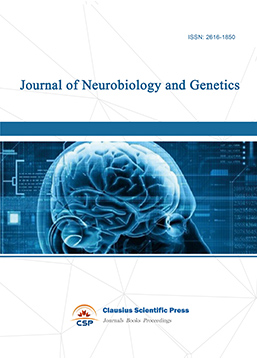
-
Medical Imaging and Nuclear Medicine

-
Bacterial Genetics and Ecology
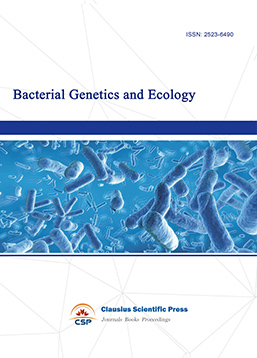
-
Transactions on Cancer
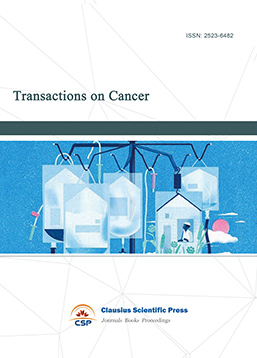
-
Journal of Biophysics and Ecology

-
Journal of Animal Science and Veterinary
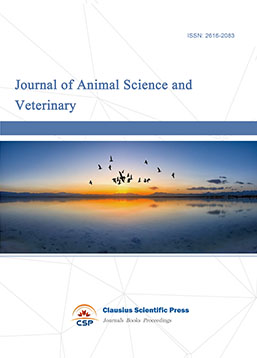
-
Academic Journal of Biochemistry and Molecular Biology
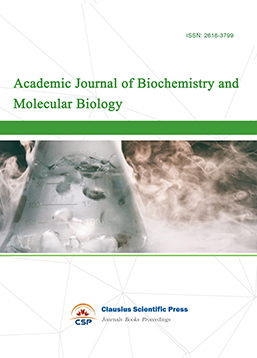
-
Transactions on Cell and Developmental Biology

-
Rehabilitation Engineering & Assistive Technology
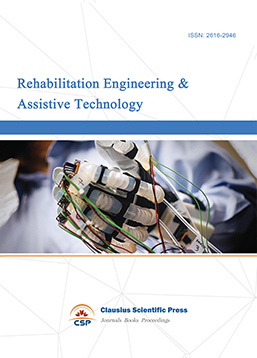
-
Orthopaedics and Sports Medicine
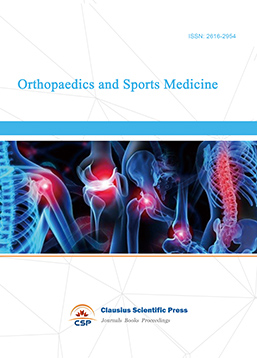
-
Hematology and Stem Cell

-
Journal of Intelligent Informatics and Biomedical Engineering
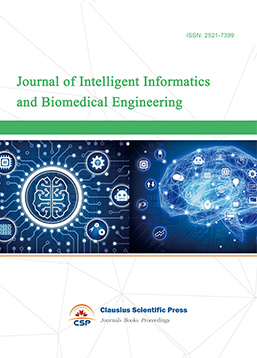
-
MEDS Basic Medicine
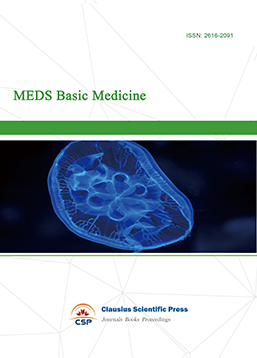
-
MEDS Stomatology
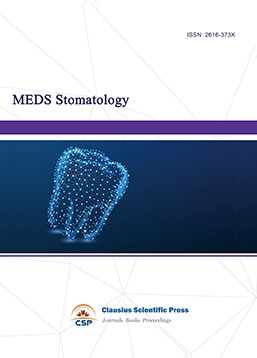
-
MEDS Public Health and Preventive Medicine
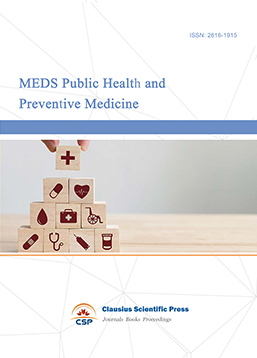
-
Journal of Enzyme Engineering

-
Advances in Industrial Pharmacy and Pharmaceutical Sciences
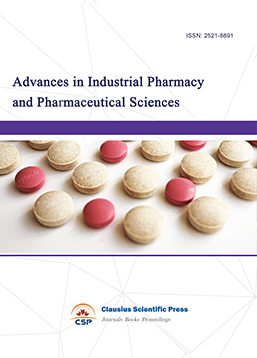
-
Bacteriology and Microbiology
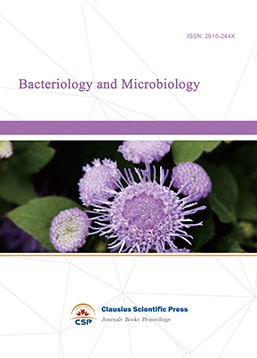
-
Advances in Physiology and Pathophysiology

-
Journal of Vision and Ophthalmology
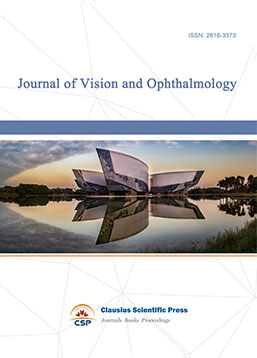
-
Frontiers of Obstetrics and Gynecology

-
Digestive Disease and Diabetes

-
Advances in Immunology and Vaccines

-
Nanomedicine and Drug Delivery
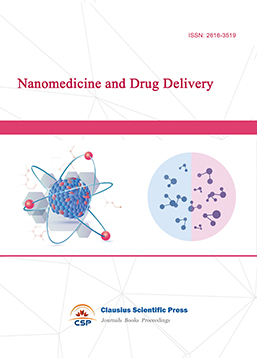
-
Cardiology and Vascular System

-
Pediatrics and Child Health

-
Journal of Reproductive Medicine and Contraception

-
Journal of Respiratory and Lung Disease
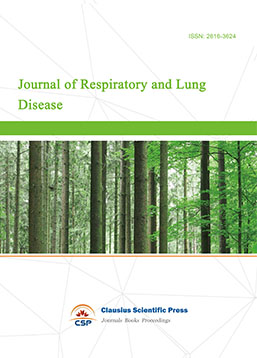
-
Journal of Bioinformatics and Biomedicine


 Download as PDF
Download as PDF